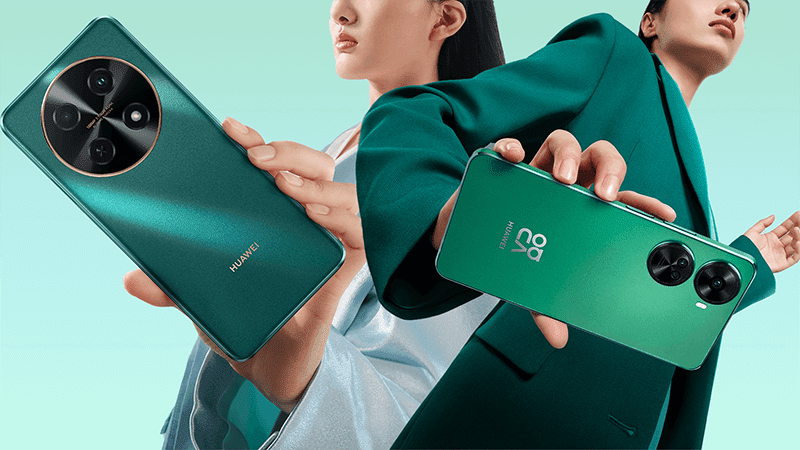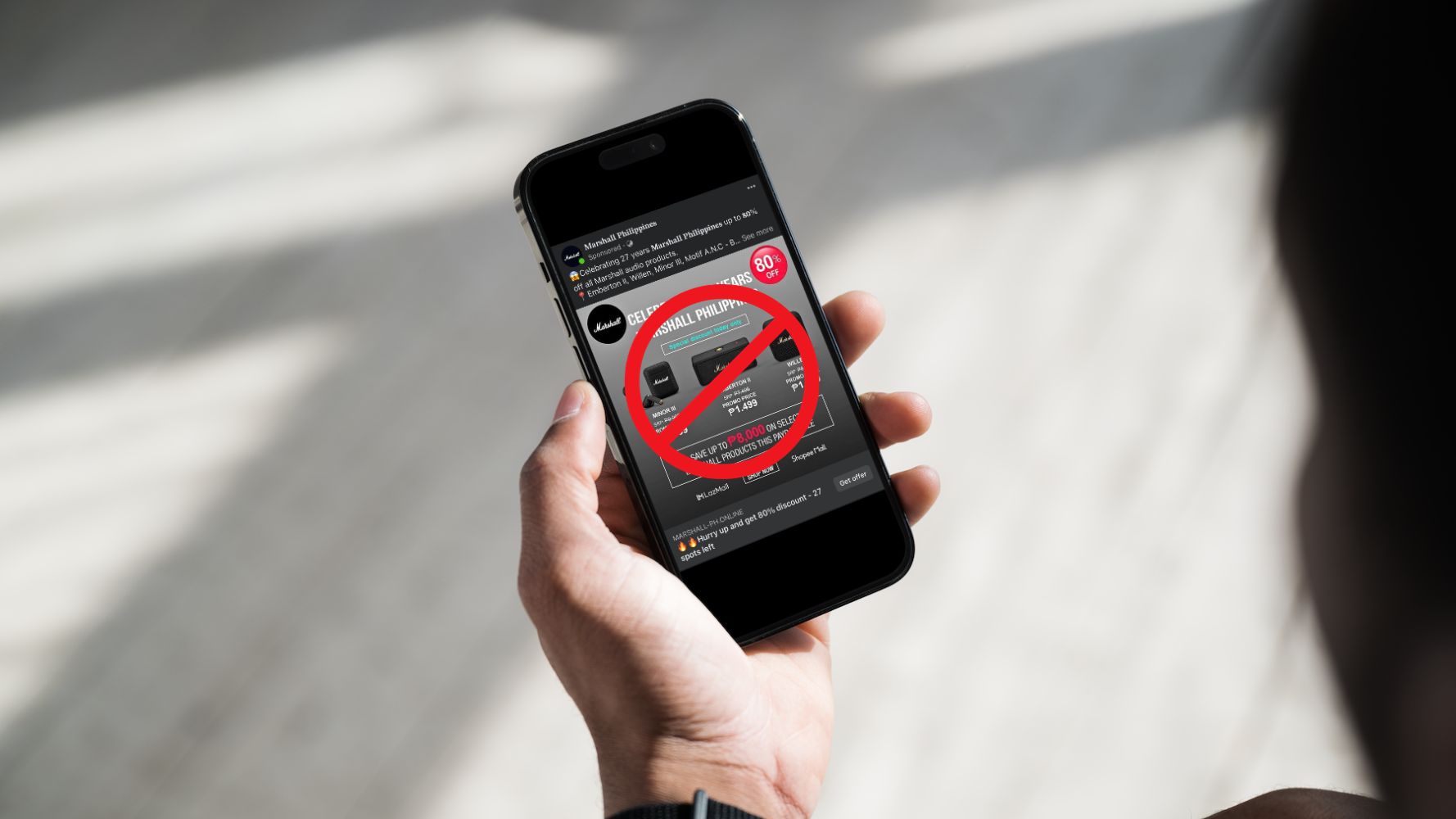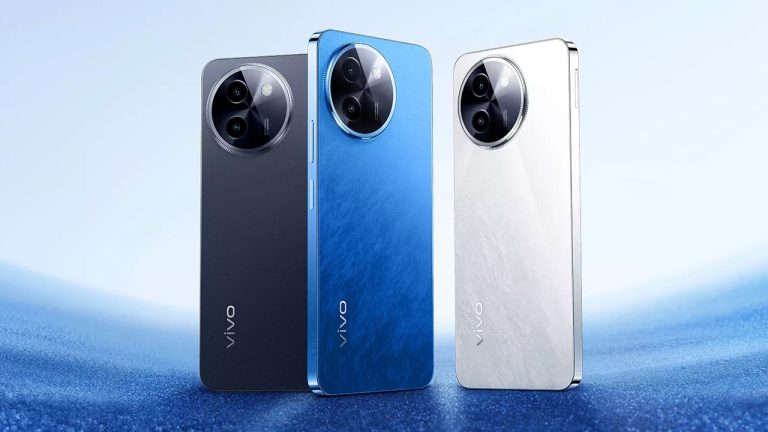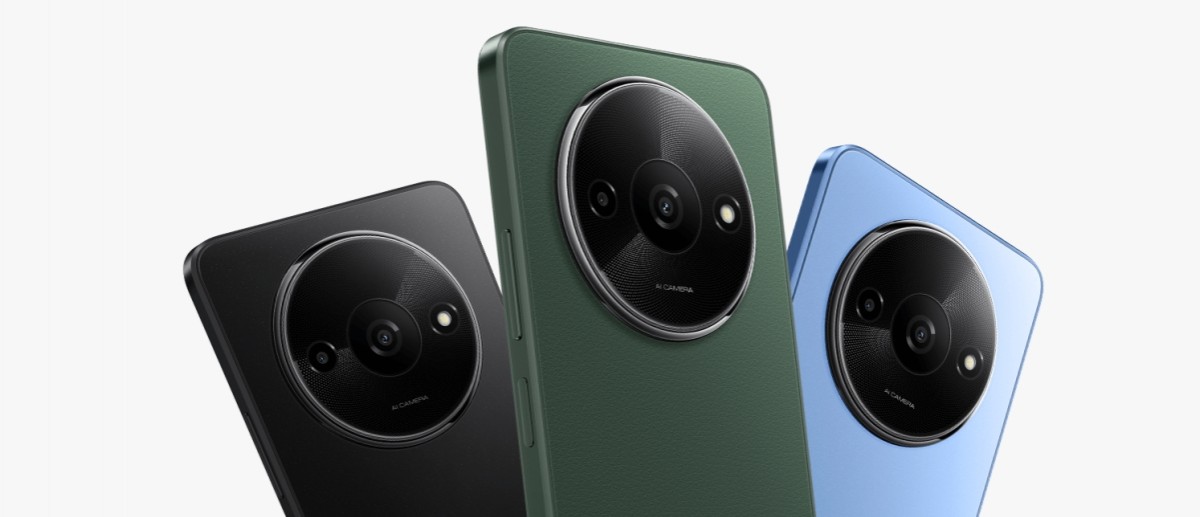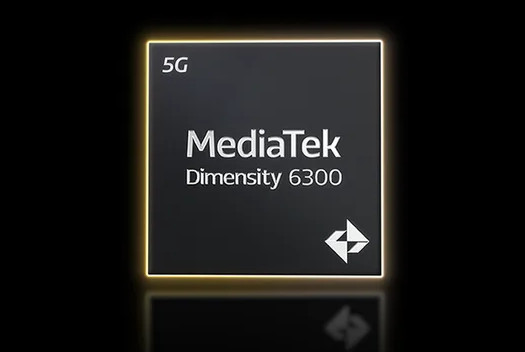
After more than 6 months of waiting, we finally managed to snag ASUS’ Zenfone 3 Deluxe. The ZF3 Deluxe is the cream of the crop as far as the ZF3 line goes, boasting a full metal, unibody design and high-end internals. It’s the first true flagship that the Taiwanese brand has ever produced that’s capable of standing toe-to-toe with giants like Samsung and Apple. Unfortunately, ASUS’ high-end ambitions have rubbed many loyal fans the wrong way who have grown accustomed to the brands battlecry of “empowering luxury”.

Indeed, it’s ASUS’ high-end ambitions that has created much of the furor online, much of it undeserved, in our opinion. For better or for worse, the ZF3 Deluxe is probably the best phone they’ve ever made – the question is, is it worth it?
ASUS Zenfone 3 Deluxe specs
- Qualcomm, Snapdragon 820 processor
- 6GB of RAM
- 5.7-inch full HD Super AMOLED display with Gorilla Glass protection, 1920 x 1080 resolution
- 64GB storage, expandable via microSD card
- 23-megapixe rear camera, Sony IMX318 sensor, 6-element lens, laser AF, PDAF
- 8-megapixel front facing camera
- Dual SIM
- 3G, LTE
- WiFi, Bluetooth, GPS, A-GPS, USB Type-C, Fingerprint scanner
- Android 6.0 Marshmallow, ZenUI 3.0
- 3000mAh battery

One of the nicest looking phones in the market today
ASUS has done a good job overhauling the desings of their current crop of phones, starting from the lowly 5.2-inch Zenfone 3 Max all the way to the flagship ZF3 Ultra and Deluxe. And the ZF3 Deluxe is truly deserving of its name – the phone sports a unibody metal design, milled from a single block of aluminum. And while unibody phones aren’t new, ASUS has gone ahead and did one better by hiding the antenna lines in its body. This invisible antenna design is a first for a unibody metal phone – LG’s G5 also had invisible antenna lines, but it wasn’t a unibody design.

There are slivers of the plastic antennas on the phone though, if you look hard enough. A single white plastic band near the chamfered edges of the phone near the top and two similar ones on the bottom are all that can be seen of the unsightly bands.

Speaking of chamfers, the ZF3 Deluxe has that in spades. The edges of the phone have been chamfered both on the front and back to give it that premium feel. The back of the phone curves slightly, which allows users to hold on to it easier one-handed, quite important for a phone its size. Measuring at 156.4mm tall, it’s quite a substantial phone, which isn’t surprising thanks to its large 5.7-inch, full HD Super AMOLED display. Thankfully it’s also quite thin for a phone it’s size, measuring only 7.5mm at its thickest point.

Without the antenna bands, the ZF3 Deluxe’s rear looks surprisingly stark, but we like it. The 23-megapixel, Sony IMX318-toting rear camera is flanked by the dual LED flash and laser AF system on both sides. Right below it sits the ZF3 Deluxe’s fingerprint scanner, which is rectangular rather than circular or square. The 3.5mm jack is located on the top of the phone while the USB Type-C port is located on the bottom, with the single audio grille right beside it. On the left side (with the phone flipped over on its back) is the SIM/microSD hybrid slot, while the power and volume buttons are located on the right side.

The front of the phone is dominated by the 5.7-inch, full HD Super AMOLED display. We’re a little bit disappointed that the display panel isn’t QHD, since many of the other phones in the ZF3 Deluxe’s same price range now sport higher resolution panels. Aside from that complaint, the display of the ZF3 Deluxe looks pretty great – vibrant colors, excellent viewing angles, brilliant blacks and contrast are all things you can expect from the display of the phone. Just like ASUS’ other phones, the ZF3 Deluxe uses physical Android keys for navigation – thankfully the ones on the bottom of the chin light up, which isn’t the case with its less expensive brothers.

Fast and capable, even with the horribly bloated ZenUI
Much like other flagship devices in the market today, the ZF3 Deluxe comes with Qualcomm’s Snapdragon 820 processor, paired with the Adrenon 530 GPU and 64GB of expandable storage. There’s 6GB of RAM on tap as well, which contributes to the speedy performance of the ZF3 Deluxe in common tasks. Gaming with the device is a dream, thanks to the speedy processor and larger than average display.
Just like ASUS’ other phones, the ZF3 Deluxe has the ZenUI overlay layered on top. If there’s anything that takes away from the premium feel of the ZF3 Deluxe, it’s ZenUI – the colorful icons make you feel like you’re handling a sub 10K phone, not a high-end, top-of-the-line flagship that costs over 34K. Add to that the substantial bloatware that’s pre-installed in the ZF3 Deluxe (or really, any phone that ASUS makes), then you can see why we’re not fans of the UI.
The fingerprint scanner is good, and unlocks the phone quickly, although we found it a little odd that it doesn’t lock your phone when you place your finger on it, unlike the offerings of other companies. Sure, you can use the power button to do just that, but that means you’ll have to adjust your grip.
The single firing speaker sounds good is surprisingly loud for its size. Call quality is good despite the invisible antennas.

Image quality is good, but not stellar
On paper, the ZF3 Deluxe’s rear shooter is impressive: 23-megapixe rear camera with a Sony IMX318 sensor, 6-element lens, laser AF and phase detection AF. That hardware combination theoretically should provide extremely good photos, right?
Well, not so much. Photos taken look fine at first glance, but further scrutiny show that many of the photos we took lacked detail and sharpness. Detail is lacking when you zoom in, which is unfortunate. Blown out highlights are the norm as well, especially in dark scenes. It’s not a terrible camera by any stretch of the imagination, but after being spoiled by Samsung and Apple’s offerings (and considering that this phone is on the same price point) we’re a little bit disappointed.
The ZF3 Deluxe has a bevy of shooting modes, including a comprehensive manual mode and a couple of fun modes like miniature, low light, depth of field, timelapse and more.

Battery life could be better
With a 3000mAh battery stuffed in its body, we expected the ZF3 Deluxe to fare a little better than another similarly equipped smarthpone, the Moto Z. In practice, the ZF3 Deluxe managed to deliver around 10 hours of usable battery life, which is a bit shorter than we were expecting. That’s with moderate use – with really heavy use, you’d probably see less battery than that. It’s a good thing then that the ZF3 Deluxe has fast charging built in, which quickly tops off the battery of the phone in under an hour.

Verdict: A great flagship that faces stiff competition
Despite what other people may think, the ZF3 Deluxe is a relatively good smartphone offering from ASUS. We like the overall design of the phone, as minimalist as it is, and despite its flaws (which can be addressed by software patches down the line), it’s been a great daily driver for us the past few weeks we’ve been using it.
The biggest issue with the Deluxe is ASUS itself, and how the company announces products and manages the expectation of customers. While their customary six month lead time from announcement to product release is fine and dandy for notebooks and tablets, it’s unheard of in the mobile industry. If the company quickly released the ZF3 Deluxe back in August or even October, then it wouldn’t be facing stiff competition from the likes of Apple, LG and Xiaomi.
Another major point of contention is how ASUS announces products and pricing. The company has a habit of announcing a price that corresponds to the lowest SKU in a particular product line, which sets unrealistic expectations in the part of the consumer. The ZF3 Deluxe, for example, was initially announced with a $499 price tag. Now we know that that price was for the 5.5-inch, Snapdragon 625-powered version of the ZF3 Deluxe, not the initially announced 5.7-inch version that we’re reviewing today.
Despite all of this, the ZF3 Deluxe is still a good choice for people looking for a stylish, high-end device. And hopefully ASUS takes many of the lessons that they learn from their first foray into the high-end hunting grounds of Samsung and Apple to good use when they announce their new phones next year.














